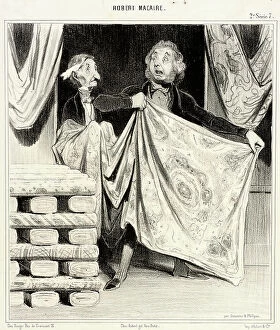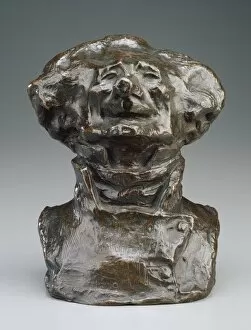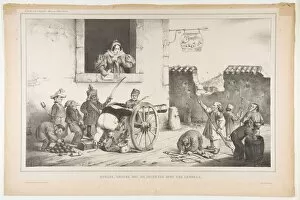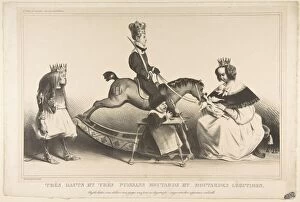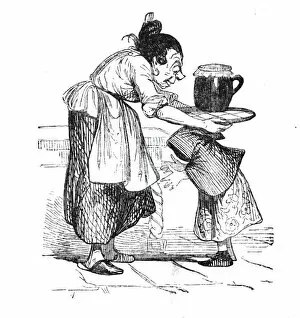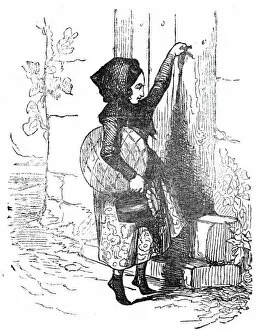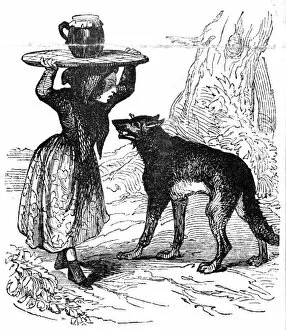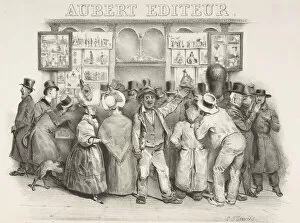Charles Philipon Collection
Charles Philipon was a prominent figure in the world of French satire and caricature during the 19th century
For sale as Licensed Images
Choose your image, Select your licence and Download the media
Charles Philipon was a prominent figure in the world of French satire and caricature during the 19th century. He played a significant role in shaping public opinion through his various publications, including Le Journal Amusant, which featured colorful chromolithographs that brought humor to everyday life. One notable artwork is the portrait himself, created around 1860 by Doré. This captivating piece captures his essence as an influential figure with a piercing gaze that reflects his determination and passion for social commentary. Another depiction of Philipon can be found in Honore Daumier's model from the early 1830s. This sculpture showcases him as a symbol of resistance against political oppression, standing tall amidst turbulent times. Philipon's satirical illustrations often targeted societal issues and political figures. In April 1834, he published "Children, Obey Me, Do Not Play With Those Weapons, " highlighting the importance of peace and innocence amid growing tensions. In February 1834, Daumier collaborated with Philipon again to create "Very Haughty and Very Mighty Legitimist Brats. " This artwork mocks those who cling onto outdated ideologies without considering progress or change. Philipon also founded several influential journals such as Le Journal Pour Rire and Journal d'Images. These publications served as platforms for critical commentary on contemporary events while providing entertainment through comical sketches. The fashion industry was not spared from Philipon's scrutiny either. In V Ratier's illustration titled "Mode de l'annee prochaine" (ca. 1830), he playfully pokes fun at exaggerated trends that may soon become fashionable. Amongst all these works stands out an enchanting lithograph entitled "Little Red Riding Hood drops the butter and cake" (1842). It depicts Little Red Riding Hood clumsily dropping her grandmother's treats on her way to visit her sick relative—a whimsical twist on the classic fairy tale.

